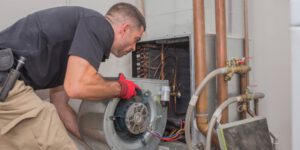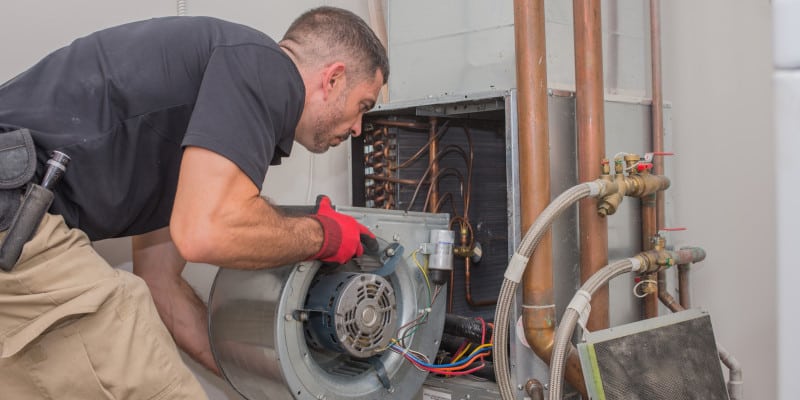To start with, you need to identify the problem with your furnace. There could be a loose part, a dirty air filter, or a thermostat malfunction. After you identify the problem, you can start the repair process. A constant running furnace may also indicate that it needs repairs. Here are some easy steps to follow: Check the light on the furnace and make sure it’s green or red. If it’s red, the problem may be in the blower motor, thermostat, run capacitor, or furnace control board.
A furnace that doesn’t work can be a serious problem. You need to diagnose the problem to get it fixed, and the first step is troubleshooting the thermostat and gas valve. Sometimes, the ignitor fails to ignite the gas. A technician from a heating and air conditioning company can replace the ignitor, which is a relatively inexpensive fix that could save you a lot of money in the long run.
You may also notice strange noises or smells coming from your furnace, which indicates that there is a problem. If you find any of these signs, call a technician to come out and check the system. Other common furnace problems are ignition problems or damaged pilot lights. Make sure to turn off your furnace until you schedule an appointment with a repair company.
Another problem that can occur with a furnace is a clogged filter. This can block airflow, which will worsen indoor air quality. A dirty filter can even prevent the furnace from turning on in some cases. It can also lead to a premature breakdown of the furnace. Before performing any maintenance tasks, it’s best to turn off the furnace by flipping the switch. To check the filter, you can hold it up to a light source and look for the dirt.
If you find that the furnace is unable to turn on, check the circuit breaker. Usually, it is located at the main power panel located in the basement or laundry room. If the circuit breaker isn’t in the “ON” position, it’s time to replace the breaker. Alternatively, check the settings on the thermostat to determine whether it is causing the problem.
When troubleshooting a furnace repair, check to see if there is a loose part. A loose part may cause the furnace to run incorrectly. This could happen because a component has been damaged or moved. If you find a loose part, it will need to be replaced. To determine if this is the case, you can try to move the thermostat dial. You should also look for any signs of tampering with the wiring.
Another easy way to check if a part is loose is to check the ductwork. You can also look for holes and gaps in the ductwork. If you find any, you can use metal duct tape to seal them. Also, check the push-in switch underneath the front panel to make sure it is fully depressed.
Another sign that a part may be loose is a rattling noise. A rattling noise usually indicates a loose bolt or panel. It can also signal that a loose part is inside the furnace. If this is the case, contact a qualified HVAC repair company to check the part.
A loose fan belt can also cause a squealing noise in a heat pump or furnace. The fan belt connects the blower motor to the fan. If the fan belt is slack or broken, it should be replaced. This simple repair will prevent more costly repairs.
Keeping your air filter clean is an easy way to prevent furnace repair issues and save money. You can vacuum it or wash it in a mild soap and water solution before reinserting it into your furnace. Regular cleaning of the filter will help prevent clogging and will also improve the quality of your air.
Dirty filters can also increase the risk of fire. Dirty filters can suck hot air into your furnace, which can cause a fire. This is because dirty filters can cause limit switches to malfunction over time. When the limit switches are constantly triggered, the temperature inside the furnace will rise rapidly, increasing the risk of a fire. This problem can cost you hundreds or even thousands of dollars.

